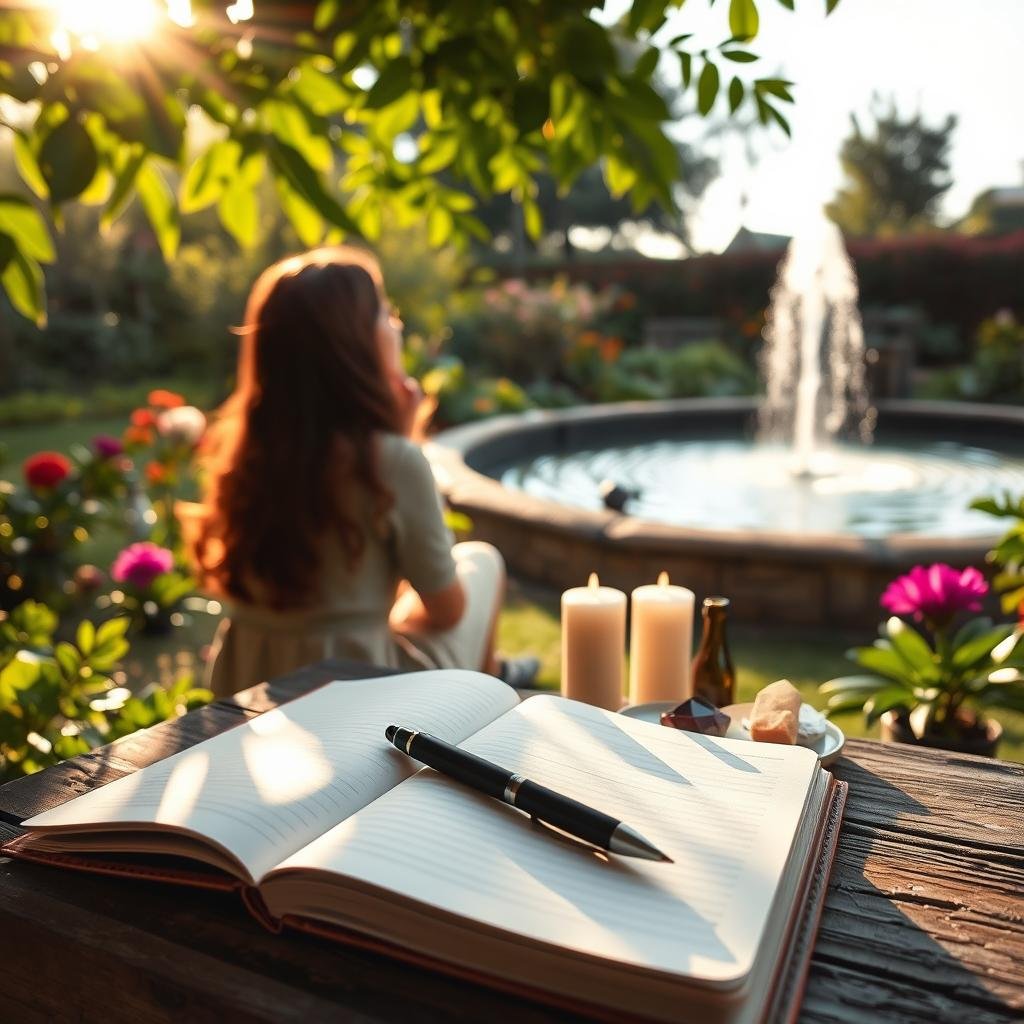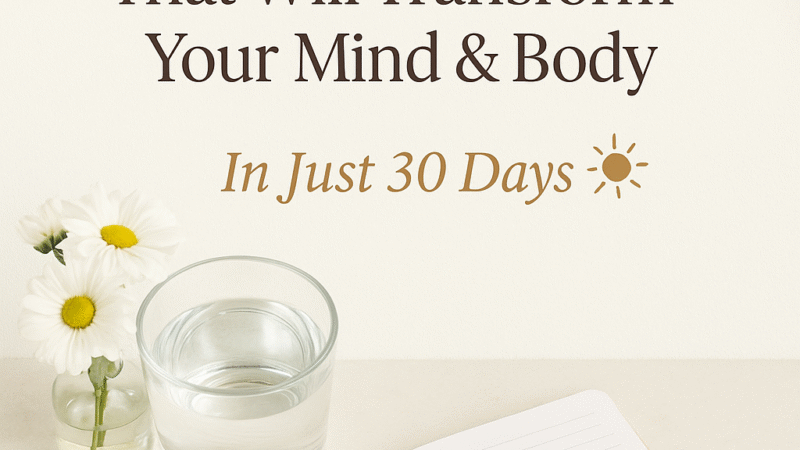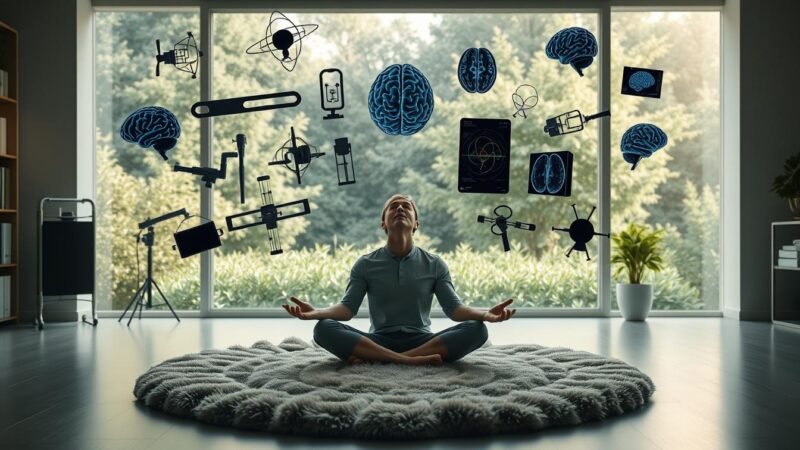Discover the Power of Gratitude: Boost Your Happiness

In today’s fast world, I often seek moments of joy. Gratitude is a powerful tool for finding happiness. By focusing on the good things in life, I feel better overall. Studies, like those from Harvard Health Publishing, show gratitude’s positive effects on our minds and bodies.
As I practice gratitude every day, I become more optimistic and resilient. This opens the door to learning more about gratitude’s science and how it boosts happiness. It’s a journey that enriches my life.

Key Takeaways
- Gratitude practices can enhance overall happiness.
- Acknowledging positive aspects of life improves mental health.
- Research supports the benefits of gratitude in daily life.
- Cultivating gratitude fosters resilience and optimism.
- Practical techniques can help incorporate gratitude into routines.
The Science Behind Gratitude
The science of gratitude shows us how saying thank you can make us feel better. Studies find that being thankful activates parts of the brain linked to joy and connection. This makes us happier and closer to others.
Looking into positive psychology, I found many studies. They show that being grateful often means less depression and anxiety. Knowing how gratitude works in our brains helps us enjoy life more. It makes us appreciate the small things, leading to a happier life.
Understanding the Benefits of Gratitude
Gratitude is incredibly powerful in changing our lives. It has brought deep changes to my mental health and relationships. Studies show that being thankful can make us happier and closer to others.
Boosting Mental Health
Practicing gratitude is key to better mental health. Many studies show that those who are thankful often feel less depressed and anxious. Being thankful helps us focus on the good and protects us from mental health problems.
Enhancing Relationships
Gratitude also makes our relationships stronger. When I thank others for their help, our bonds grow. Gratitude builds a sense of belonging and strengthens our social ties. It creates a supportive space for deeper connections and respect.

Gratitude Practices for Happiness
Adding gratitude practices to my daily life has made a big difference. Doing daily gratitude exercises helps me stay positive and thankful. Just by noticing the good things, I feel happier and more at peace.
Daily Exercises to Cultivate Joy
Keeping a daily gratitude list is a great way to start. Every morning, I write down three things I’m thankful for. This sets a positive tone for the day. Other activities include:
- Writing a thank-you note to someone who has positively impacted my life.
- Sharing my gratitude with friends or family during meals or gatherings.
- Taking time to reflect on past experiences that brought joy.
Integrating Gratitude into Your Routine
Making gratitude a part of my daily routine has changed me. By doing it every day, like during my morning coffee or evening wind-down, it becomes a habit. These habits help me see my life in a new, positive light.

Simple Gratitude Exercises to Try
Adding gratitude to my daily life can really boost my happiness. Simple exercises make it easy and fun to be thankful. They’re great for anyone wanting to feel more grateful.
Gratitude Jar
A gratitude jar is a physical reminder of the good things in life. Every day, I jot down something I’m thankful for on paper. These notes go into the jar, ready for me to read when I need a pick-me-up.
This habit helps me reflect and keeps a record of happy moments. It’s a way to appreciate the good times that come my way.
Writing Thank-You Notes
Writing thank-you notes is a powerful way to show gratitude. It makes my relationships stronger and improves my mood. Writing a note to someone I care about reminds me of the good in my life.
It also encourages those around me to be thankful. It’s a small act that can make a big difference in how we feel and connect with each other.

The Role of Positive Psychology in Gratitude
Positive psychology shows how gratitude boosts happiness. It focuses on our strengths and well-being. Gratitude helps me see the good in life, even the small things.
Studies show gratitude changes lives for the better. It makes me happier. This practice improves my mood and fits with positive psychology’s goals.
Adding gratitude to my daily life has changed me. It makes me look at the positive side of things. This helps me grow and find true happiness.

Gratitude Journaling: A Path to Happiness
Gratitude journaling opens a door to happiness that I often overlooked. It’s more than jotting down positive thoughts. It’s about deeply reflecting on joy-filled moments in my life. Starting this rewarding practice is easier with some guidance.
How to Start a Gratitude Journal
Starting a gratitude journal is simple yet impactful. I find it helpful to set aside a specific time each day. This allows me to unwind and focus on what’s important. Here’s how I start:
- Choose a journal that feels right to me; it could be a beautiful notebook or a digital app.
- Set aside time each day, ideally in the morning or before bed.
- Begin by writing down three things I am grateful for that day.
- Reflect on why these moments bring me joy.
Examples of Gratitude Journal Prompts
To spark creativity, I use journal prompts. These prompts help me reflect and express my feelings:
- What made me smile today?
- Who am I thankful for right now?
- What lesson did I learn today?
- What was the best part of my week?

Using these prompts makes my gratitude practice richer. It also strengthens my emotional resilience. Embracing gratitude journaling has been a fulfilling journey, leading me to greater happiness and self-awareness.
Incorporating Gratitude Meditation into Your Life
Gratitude meditation has changed how I see life’s moments. It’s a way to build emotional strength and find peace inside. By using meditation techniques focused on gratitude, I learn to appreciate everything I have.
Techniques for Effective Gratitude Meditation
To start, I use a few simple yet powerful techniques:
- Setting aside dedicated time: I take a few quiet moments each day to focus on my thoughts and feelings.
- Focusing on specific gifts: I pick certain things in my life to be thankful for, making my meditation more meaningful.
- Breathwork: Deep breathing and visualizing these gifts helps me feel more grateful.
- Regular practice: I try to do gratitude meditation every day to see lasting results.
These methods help me feel less stressed and more thankful. As I keep practicing, I find it easier to stay calm, no matter what’s happening around me.

Daily Gratitude Practice for Lasting Change
Starting a daily gratitude practice changed my view of life. Every day, I think about what I’m thankful for. This simple act boosts my mood and improves my well-being.
Gratitude changes how I see others. It makes me feel closer to people, leading to better relationships. Studies by the National Institute for Mental Health show it helps us stay positive, even when things get tough.
Gratitude is more than a quick feeling; it’s a key part of living a meaningful life. By doing it every day, I find lasting joy. It shows that making gratitude a habit can truly transform our lives.
FAQ
What are some effective gratitude practices for happiness?
Practicing gratitude daily can make a big difference in happiness. Activities like gratitude journaling and meditation help a lot. They help me see the good in my life and feel thankful.
How can I start a gratitude journaling practice?
To start a gratitude journal, just take a few minutes each day. Write down three things you’re thankful for. It could be something small that made you happy or someone who helped you.
This practice makes me more aware of the good things in my life. It also makes me feel better overall.
What benefits can I expect from incorporating gratitude into my life?
Gratitude can bring many benefits. It can help reduce depression and anxiety, improve relationships, and make you feel emotionally better. By practicing gratitude every day, you can stay happy and feel more fulfilled.
Can gratitude exercises actually improve my mental health?
Yes, research shows that gratitude exercises can make you feel more positive. They help you deal with mental health issues and make you more resilient.
How does positive psychology relate to gratitude?
Positive psychology focuses on happiness and virtues. Gratitude is a key part of it. By practicing gratitude, you follow positive psychology’s principles. This can improve your well-being and life satisfaction.
What are some simple gratitude exercises I can try?
There are many simple gratitude exercises. You can write down things you’re thankful for in a Gratitude Jar. Or, write thank-you notes to show appreciation.
These exercises are easy to do and can help you stay grateful.
What techniques can I use for gratitude meditation?
For gratitude meditation, set aside time to think about what you’re thankful for. You can use deep breathing and imagine the people and experiences that make you happy. This can help you feel more grateful and less stressed.
How can I integrate gratitude into my daily routine?
To make gratitude a part of your daily life, create rituals. For example, say thanks before meals or reflect on gratitude in the morning and evening. Doing this regularly makes gratitude a big part of your life.
Why is maintaining a daily gratitude practice important?
Keeping up with daily gratitude is key for lasting happiness. It improves your mood and helps you connect better with others. This makes your life more fulfilling and rich.
Ready to experience immediate calm and build long-term stress resilience? Try the Sensate Relaxation Device with patented Infrasonic Resonance Technology today! Click here to learn more and transform your well-being.






